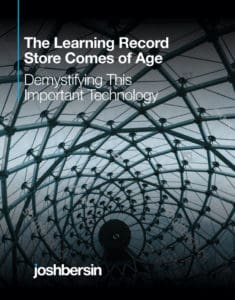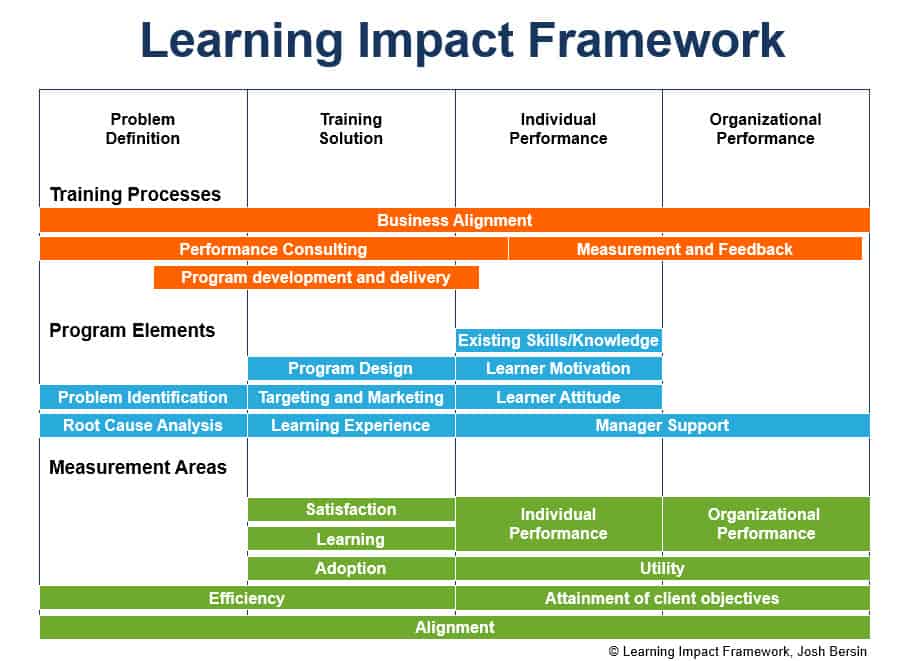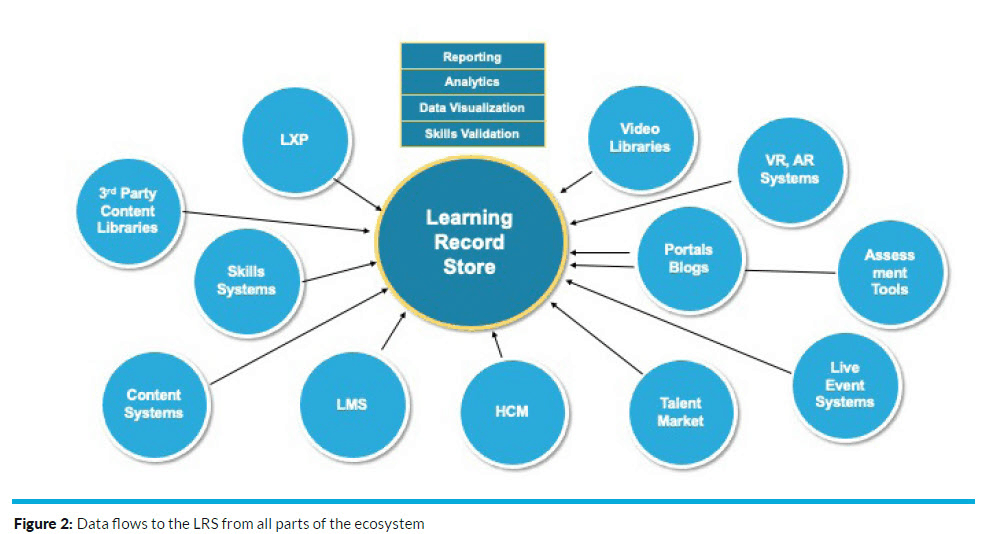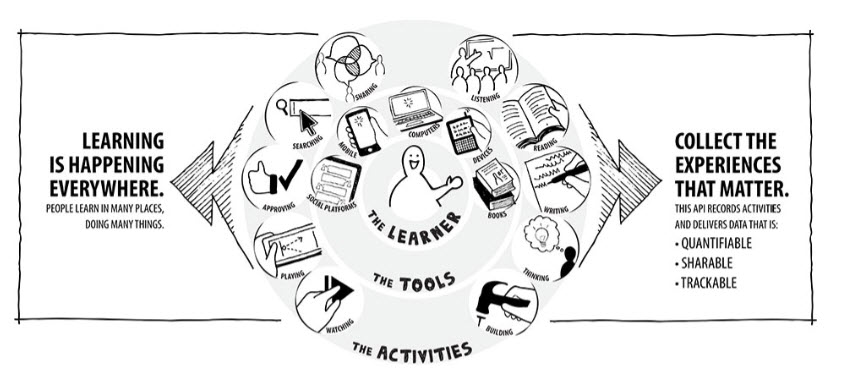The Learning Record Store Comes Of Age
The corporate learning industry becomes more massive every day. We estimate that more than $280 billion is spent on training, upskilling, and professional certification programs and there are now many billions of dollars spent on collaborative learning platforms, content, SkillsTech, and industry solutions.
How do you measure all this stuff?
 Well as I wrote about in The Training Measurement Book, most companies try to measure some simple things. Did people complete or consume the courses we developed? Do they like or rate these courses well? Would they recommend these programs to others in their field? And of course the big one.. did these employees learn something that makes them better at their job?
Well as I wrote about in The Training Measurement Book, most companies try to measure some simple things. Did people complete or consume the courses we developed? Do they like or rate these courses well? Would they recommend these programs to others in their field? And of course the big one.. did these employees learn something that makes them better at their job?
In the old L&D paradigm I labeled these measures activity (consumption), alignment (value and relevance), learning (performance delivered), and results (did the process or behavior really change). And for more than 30 years companies have been sending out surveys, assessing scores on tests, and asking people to rate training programs – all with the goal of measuring this massive investment.
 |
Well all this is about to change.
Just as advertisers want to measure the impact of their ads, HR and learning people want to measure the impact of their training. And training today goes far beyond courseware or instructional videos. Most L&D solutions involve reading material, assessments, labs, collaboration, and all sorts of other digital activities (Virtual Reality for example).
How do you measure all this? We need a detailed database (called a “data store”) that tracks all this digital activity, organizes it for rapid analysis and generates reports and correlations we can use.
This technology is called the Learning Record Store (LRS), and it has now become a big and very viable market.
We just completed a project to interview more than 20 leading companies who use LRS technologies and in the new report, LRS Comes of Age: Demystifying This Important Technology, you can get the details.
Let me briefly summarize here.
 |
The LRS is the “atomic database” of information that stores the detailed “clickstream” of learning. Just as advertising servers keep track on what ad you saw, what ad you clicked on, and even how long you hovered your mouse over an object, the LRS is designed to do the same for corporate learning.
These systems, which are sold by independent vendors like LearningPool, LTG, and others, are part of your corporate learning architecture. Companies like Visa, AutoDesk, HubSpot, AIT, Intuit, Yum! Brands, Walmart, NHS, Travelers, and others (all discussed in the research), have implemented these systems to get very detailed granular information about their learning.
In most companies, for example, it isn’t even clear what content is being used and what content is “wasted.” Companies spend millions of dollars on content libraries and then find out that much of the content is hardly used, while other documents or assets are red hot. The LRS helps you quickly figure this out.
 |
Suppose you want to understand learning activity by role, tenure, or level? What if you want to see where the highest performing employees go to learn and find information? What if you are trying to develop leaders and you can’t figure out the most popular videos or articles in your portal?
All these questions can be answered by the LRS. Visa, for example, now uses the data from their LRS for all their strategic decisions about development, careers, and content. After several years of implementing and using their LRS, it has now become one of the most vital systems for corporate learning.
The history of the LRS market is interesting. This technology grew out of a technology standard called XAPi (Experience API) which was designed to help content and learning systems interoperate. It took a while for the standard to take hold, but now it’s very badly needed. Not only can it measure all interactions with learning, it can also be used to measure virtual reality experiences and even Zoom calls.
Today, as the standard becomes more consistent in its implementation, the best thing you can do is to examine and implement an LRS, which in turn will force vendors to better adopt the API.
 |
We are all trying to build the best possible learning experiences for our employees. Let’s take advantage of the power of the LRS and get the detailed data we need.
And if you’re an avid user or architect of learning and want to talk with us, please contact us so we can interview you.
More Resources In This Area
The LRS Comes Of Age: Demystifying This Technology
The Agile Learning Organization – The Josh Bersin Academy
The LXP Market Explodes: Too Big To Ignore
The Challenge Of Learning Measurement (A “Bersin Classic” article detailing the Impact Measurement Framework)
